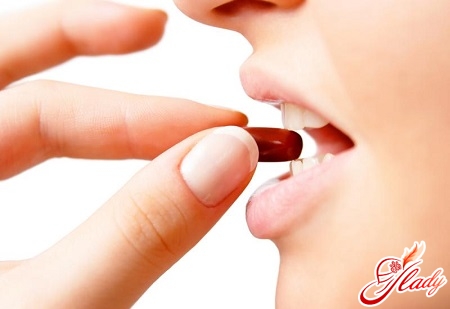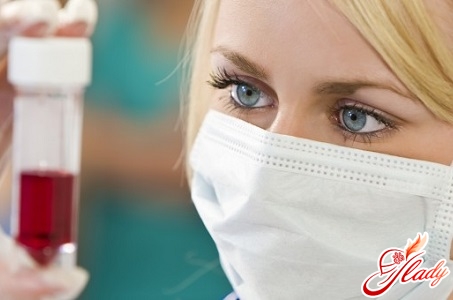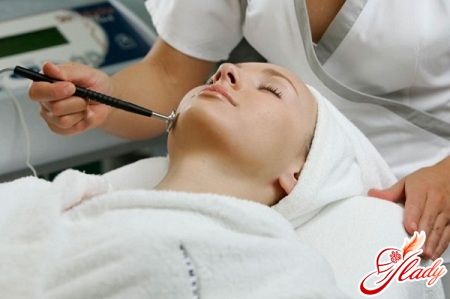 Various allergic reactions have long becomea familiar part of life for a huge number of people. It is difficult to say what exactly caused such a wide spread of allergic diseases, but the fact remains - every second person at least once in their life had one or another form of allergy. And one of the varieties is Quincke's edema, the symptoms of which are very specific. It is Quincke's edema that will be discussed in today's conversation. Doctors call this term swelling of the skin, which is most often localized around the eyes and lips. Edema is a direct consequence of one or another allergic reaction, as a result of which a huge amount of histamine is produced in the human body. And histamine, in turn, causes inflammation of the blood vessels. Doctors distinguish two types of Quincke's edema:
Various allergic reactions have long becomea familiar part of life for a huge number of people. It is difficult to say what exactly caused such a wide spread of allergic diseases, but the fact remains - every second person at least once in their life had one or another form of allergy. And one of the varieties is Quincke's edema, the symptoms of which are very specific. It is Quincke's edema that will be discussed in today's conversation. Doctors call this term swelling of the skin, which is most often localized around the eyes and lips. Edema is a direct consequence of one or another allergic reaction, as a result of which a huge amount of histamine is produced in the human body. And histamine, in turn, causes inflammation of the blood vessels. Doctors distinguish two types of Quincke's edema:
- Hereditary edema, which is a very rare genetic disease.
- Acquired edema, the causes of which will be named a little lower.
Signs and symptoms of swelling
Quincke's edema develops in a very short timea short time - from a few minutes to a few hours. It all depends on the characteristics of the human body and the type of allergen. As a rule, Quincke's edema occurs in a mild form. But in some, especially severe cases, swelling of the tongue and throat is possible, which can block the airways. You understand that such a condition can become a real threat to human life. Therefore, it is so important to know what symptoms are characteristic of Quincke's edema. After all, having this information, there is a much greater chance of noticing the onset of swelling in time and calling an ambulance in a timely manner. Of course, some signs may vary slightly, but in general the picture is as follows:

Causes of Quincke Edema Development
Like any other health problem, swellingQuincke's edema does not just appear out of nowhere. If you have Quincke's edema, the causes can be very diverse. Most often, these are various allergic reactions. Although in some cases, the nature of the edema remains unclear. Some people have a significantly higher risk of developing Quincke's edema than everyone else. This is explained by the fact that they have risk factors in their medical history, or people work in unfavorable conditions. These include:
- Already earlier cases of such a swelling, hives, or any other allergies.
- Sharp changes in ambient or atmospheric pressure.
- Chronic fatigue syndrome or persistent stress.
- Rehabilitation period after dental operations, especially the first 2 months.
- For women, the risk factor is also available ovarian cysts.
Now it's time to talk about whatAllergens most often provoke the development of Quincke's edema. Of course, for each person this list is strictly individual, but still several main groups can be distinguished:
- Household chemicals
In women, the cause of edema is very oftenQuincke's disease is caused by household chemicals. Most often, swelling is caused by washing powders, any chlorine-containing products, air fresheners, and all kinds of sprays, for example, for washing glass. And please note - in some cases, swelling may develop after the first use, and in others - after several days, and sometimes even months.
- Pharmacological preparations
In some cases, the culprits of Quincke's edemacan be various pharmacological drugs. Most often, these drugs are non-steroidal anti-inflammatory drugs, acetylsalicylic acid, antibiotics and drugs designed to normalize blood pressure.
- Natural phenomena
It's quite rare, but it still happens thatQuincke's edema is caused by various natural phenomena: exposure to sunlight, sea water, insect bites - especially wasps and bees. Everything depends on the individual characteristics of the organism.
- Perfumery and cosmetics
Sometimes the development of edema can even be provokedperfumes and decorative cosmetics. Most often, deodorants and perfumes are the culprits. But sometimes even harmless lipstick or eye shadow can lead to the same sad result.
- Food products
Quincke's edema often develops as a resultconsumption of certain foods. Most often, allergic reactions are caused by such products as honey, chocolate, nuts, cocoa, and coffee. In addition, all types of seafood are in the high-risk group.
First aid for swelling of Quincke
If a person has developed Quincke's edema, it is necessaryCall an ambulance as soon as possible. But before the doctors arrive, it is necessary to provide first aid. This task is simple, and with the necessary information, you can easily cope with it. And the first thing you need to do is calm down yourself, and it would not hurt to calm the sick person down, too. Worries in this situation will only complicate the course of the pathology. If the suspected allergen is known, try to separate contact with it as quickly as possible. Open all windows and doors, free the sick person from tight clothing, unbutton belts and collars - the air flow should be completely free. Pay attention to the position of the sick person - he should be sitting, not lying down. Or, at least, raise the upper part of his body. This position will make it easier for him to breathe. A hot foot bath is also a very effective measure - pour water into a basin as hot as the person can stand. Hot water should be added as it cools down, right up until the ambulance arrives. Something cold should be placed on the swollen area - in extreme cases, soak a towel in cold water. And any vasoconstrictor drops you have on hand can be put into the sick person's nose. By the way, the best option in this situation is the old, time-tested naphthyzine. After the ambulance team arrives, the doctors will give the sick person a large dose of antihistamines, after which they will be taken to the hospital. In no case should you refuse, even if there has been a significant improvement. The improvement may be short-lived, and after that resuscitation measures will be needed. Be sure to tell the ambulance doctors what measures you have taken to provide first aid to the sick person. And if you associate the development of edema with a particular event, also mention it. Often this information is very, very important not only for correct diagnosis, but also for choosing a course of treatment. We sincerely wish you that this information will never be useful in practice. But anything can happen in life - so forewarned is forearmed.









